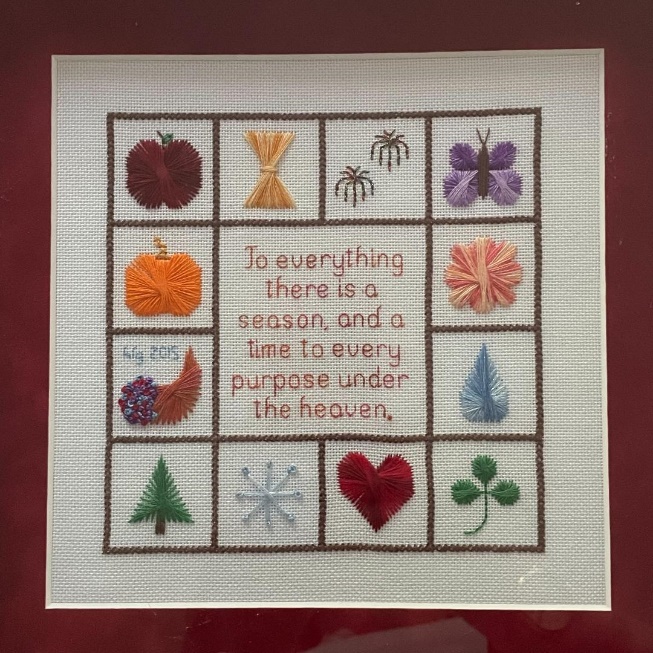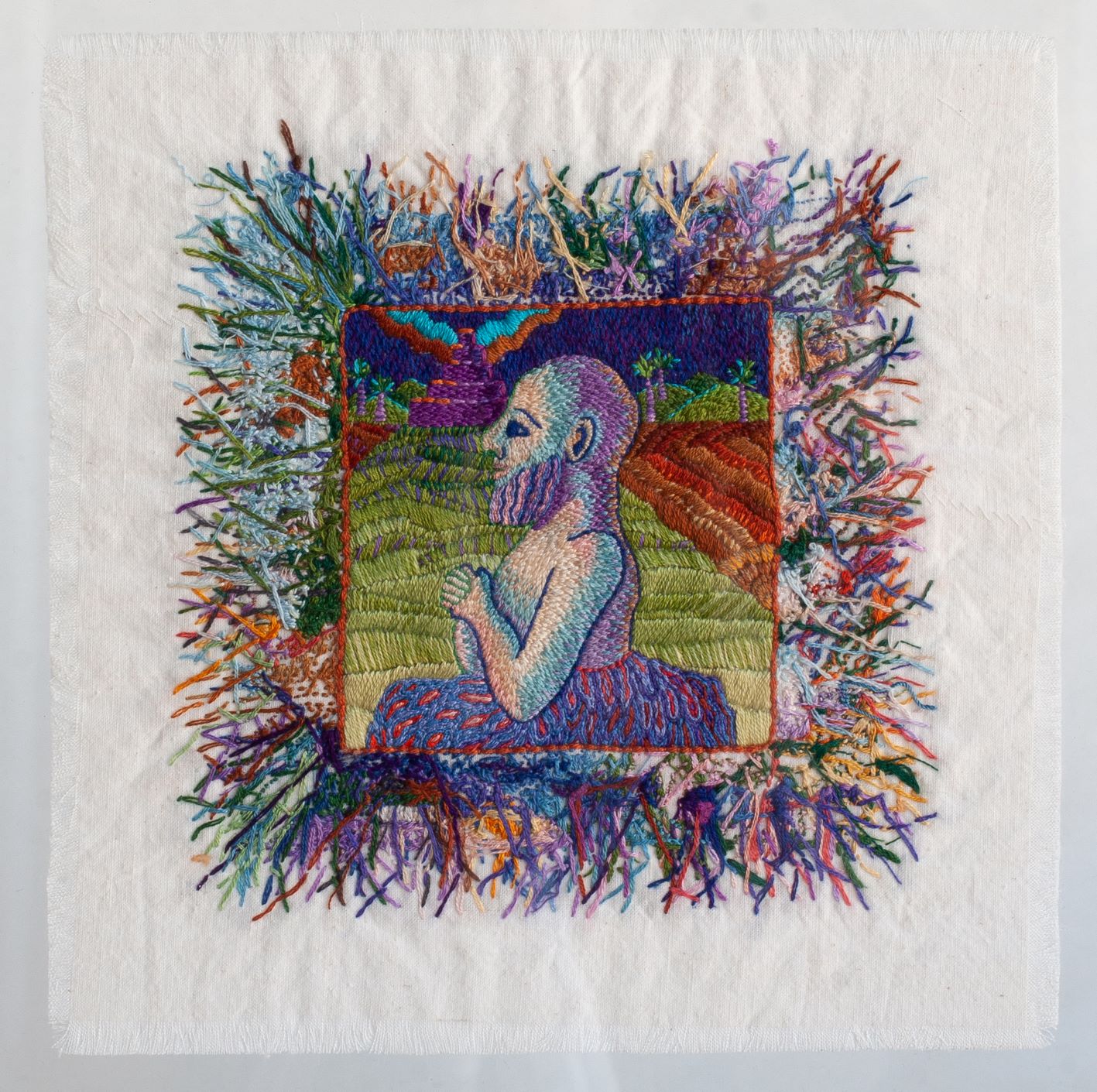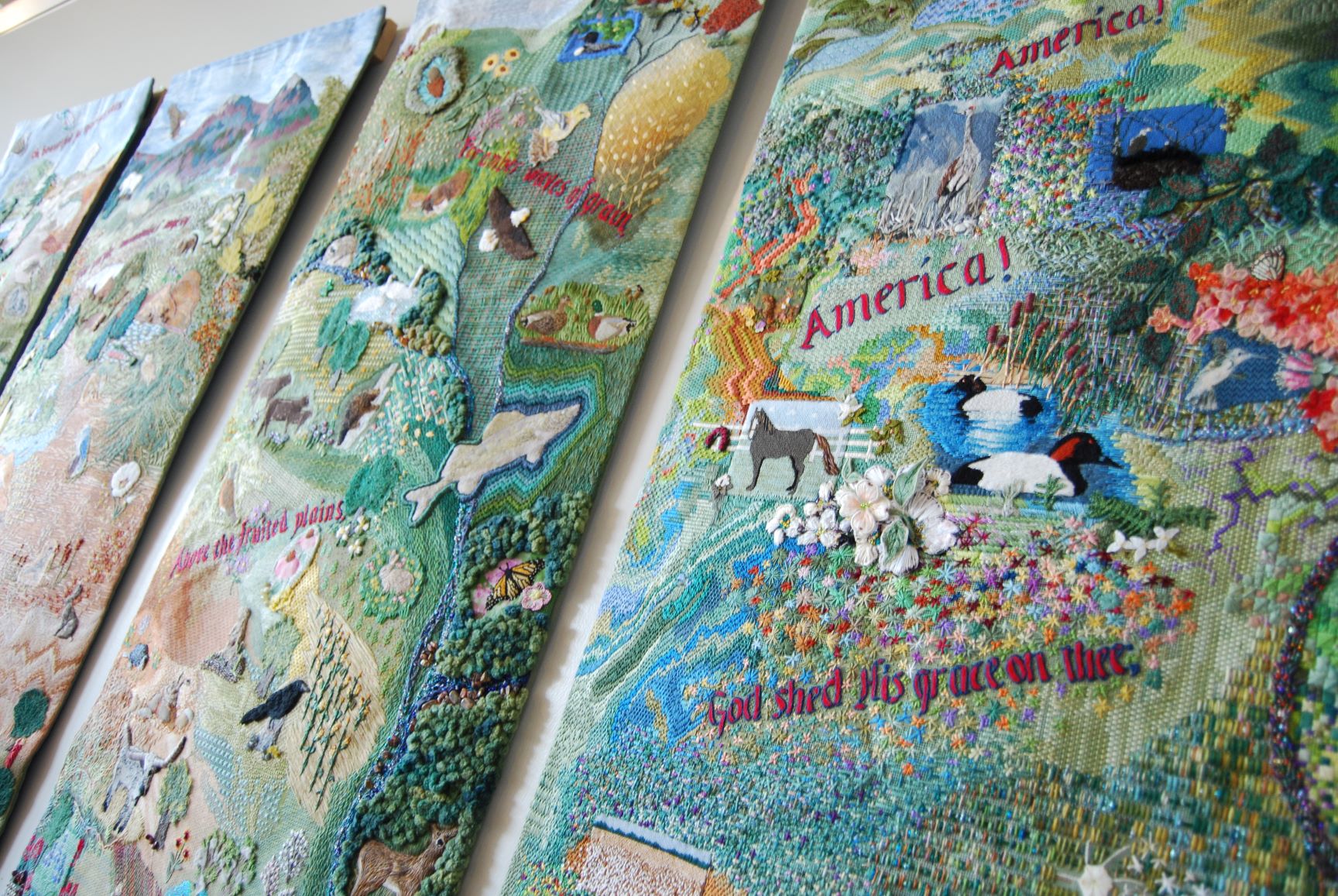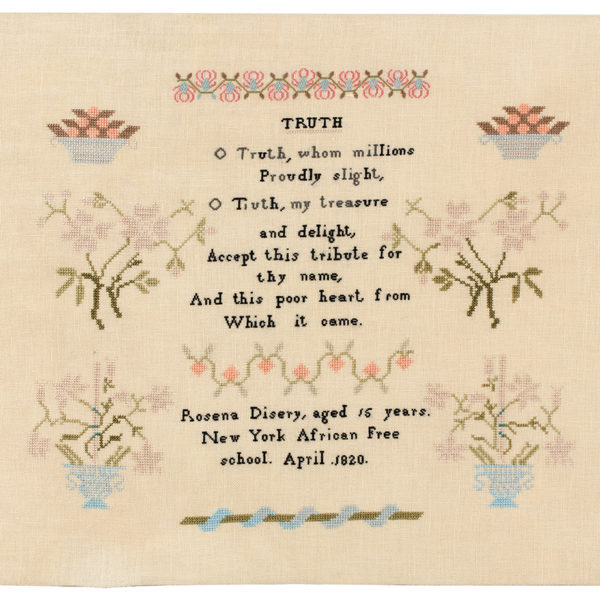Study Boxes
Through the Study Box program, EGA provides its members with a special way of learning. The boxes can be used as an introduction to a needlework technique, as an alternative to classroom study, or for advanced study. Study boxes may be used effectively at chapter meetings. Members find they gain more from leisurely study at home or in small groups.
Each study box is unique and has a different presentation. Materials contained in each study box have been donated by our members, chapters, the EGA Collection, and Embroiderers’ Guild of England members. The boxes may contain historical information, stitched samples of fabrics and threads, books, pamphlets, photographs, or slides. All of these items are placed in protective covers, inserted into notebooks, and labeled for easy identification. Some boxes also contain hands-on projects for chapter programs or individual use.
You can download a printable sheet with this information and description of the boxes here.
To borrow one of our study boxes, please fill the form at the bottom of this page.
-
Study Boxes Available
American Sampler – temporarily unavailable
This box contains two sampler projects: a large, traditional piece replicating designs dating from about 1820; and another nametag sized. Included are some shared materials from England, thanks to a twinned chapter in Chichester. American samplers review in the materials date from the 17th to 19th centuries, and lovely new books are included for your enjoyment.Blackwork
This box includes everything from historical background to contemporary applications. This beautiful box contains many stitched examples, as well as books and leaflets, color photographs, and diagrams.Crazy Quilting
Crazy quilting, popular in the late 19th century, has seen a revival of interest. This box explores the history and contemporary used of crazy quilting through words and examples. A historic crazy quilt top from the EGA collection is included for study and inspiration. Also included are several hands-on projects, which could be used as chapter programs.Crewel 1 – temporarily unavailable
Several examples of 18th and 19th century embroidery make this box unique. The box also contains examples of recent crewel, illustrations, and books.Crewel 2 – temporarily unavailable.
Everything old is new again. This box features some lovely samples, patterns and slides too good to be neglected by anyone who truly loves surface embroidery. Examples of patterns from the ‘20s ‘30s have been generously donated from the EGA Collection and from our members.Embroidery: Getting Acquainted
This box covers everything you always wanted to know about many kinds of needlework. There is something for everyone who would like broader understanding of the vast field of embroidery.Florentine and Related Embroidery
This detailed study of what is popularly known as Bargello includes over 100 worked examples of traditional patterns, contemporary adaptations, and color studies. A small four-way project is included for use as a hands-on workshop lesson.Fundamentals of Embroidery
Connecticut River Valley Chapter donated the box in honor of Rosemary Cornelius and Rachel Atkinson. There are six hands-on lessons covered in this box; satin stitches, eyelet stitches, cross stitches, stitches on large mesh fabric, couching and shisha glitter, and gold. The contents include projects, charts, diagrams, and stitched samples.Heritage of Hispanic and Pueblo Indian in New Mexico
Embroidery in New Mexico has a long history. This box explores historic and contemporary embroidery of those of Hispanic descent and the Pueblo Indians. It contains history, many pictures, diagrams, and examples of colcha and pueblo embroidery. A small project is included for each technique for a hands-on experience.Introduction to Color Theory
Color and value exercises galore and an extensive bibliography will help you learn how to enhance your embroidery. Books and samples are equally suited to individual study or chapter use.Lace
This box contains samples of many types of antique and modern laces along with information about their history and construction.Lincourt Hearts
34 hearts stitched in different techniques, each one matted and sealed in an archival sleeve. Each piece lists the technique underneath the embroidery. The hearts were stitched by members of the South Central Region and information on all the stitchers is included in the box.Off-Loom Beading
Beading programs and classes have become a regular part of EGA seminars and chapter events. The study box of beading techniques includes 11 books selected to cover every aspect of beading. The extensive notebook, compiled by 20 members of the Azure Verde Chapter Seaside Beaders, contains five programs, eight bead identification cards, and eight pages of beaded stitch samples.Rozashi
Rozashi is an ancient Japanese embroidery technique using silk threads on silk gauze called ro. This box contains several stitched pieces, examples, patterns, historical information, and booklets. There is also a small program included. All of the materials have been generously donated by members of EGA.Shadow Work
This box presents instructions and examples of the lovely, subtle effects of shadow quilting, trapunto, and embroidery. Hans-on projects are included to make an interesting chapter program.Smocking
Notebooks, samples and a wide variety of plates are included to introduce students to the art of smocking. Chapter program materials are provided.Surface Embroidery
This large box includes many interesting examples of variations on basic stitches, examples of unusual fabrics and threads, and hard-tofind books. Included is the text from Ann Harris’ retired CC, “Surface Stitchery,” which may be used for further study.To Hold and Protect: Hand Embroidery Needle Storage
Created in celebration of the Columbus Area Chapter’s 50th Anniversary, explore solutions to keep your needles organized with over thirty needle cases and containers throughout time. Be inspired to create your own to add to the box and share with others, and enjoy all of the examples of these charming needlework tools. -
How to use our Study Boxes
The boxes can be used individually, or for chapter programs or study groups. Study boxes are often incorporated into chapter programs or used as an adjunct to a particular field of study. It is strongly suggested that a chapter or group appoint one person to be a leader. The leader then becomes familiar with the box contents and is better able to present materials to the group.
-
Frequently Asked Questions
Is there a fee?
There is a $25 fee to cover shipping and insurance to send the box. You will be responsible for return shipping. After your request is made using the form above, we will verify it and check availability. Once we approve your request we will contact you from headquarters for your payment.Foreign Shipments
Requests for shipment to addresses outside the United States may result in additional postal/shipping costs. EGA headquarters will advise of additional costs at the time of box reservation.Chapter/Region Use
Checks must be drawn from your chapter or region treasury, made payable to EGA.More information
Study Boxes are loaned for up to four weeks at a time. Any extensions must be approved in advance. Study boxes are shipped via UPS so borrowers must provide a street address.
How to Borrow a Study Box
Submit your request using the form below. Please request the needed study box several months in advance, to ensure availability. Only one study box may be borrowed at a time.





